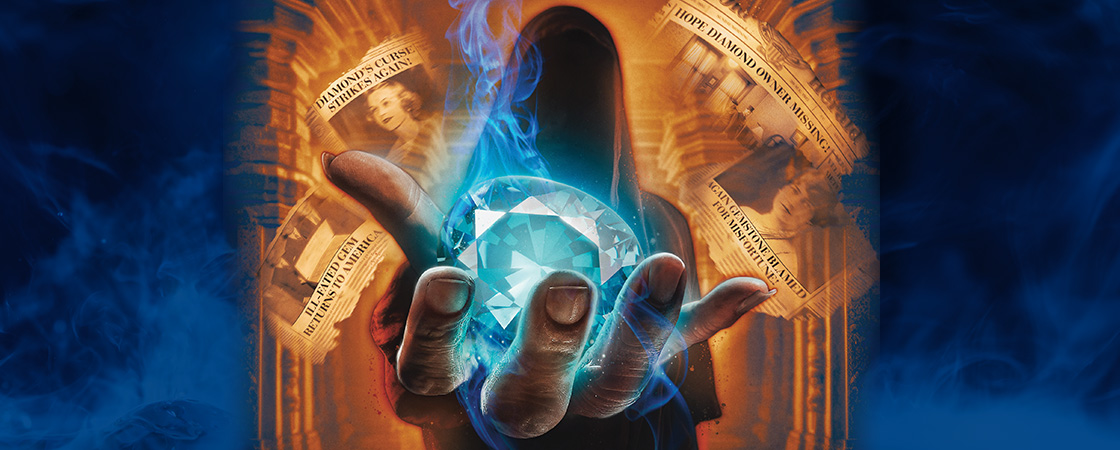In 1642, a French jeweler named Jean-Baptiste Tavernier was traveling the world looking for rare gemstones. While visiting an ancient temple in India, Tavernier discovered a massive blue diamond on the forehead of a statue of the Hindu goddess Sita. The gem’s dazzling beauty was irresistible.
Tavernier glanced around the room. It was empty. He quickly pried the glittering diamond loose, slipped it into his pocket, and hastily made his exit. After he returned to Europe, Tavernier sold the gem to the King of France for a hefty price.
Soon after, Tavernier was torn apart by wild dogs.
In the coming centuries, the magnificent blue diamond passed from owner to owner. Wherever it went, it seemed to bring misfortune. Sita, some said, was angry that her beautiful jewel had been stolen. Some people even whispered that the gem was cursed—that simply looking at it would bring certain doom.

